Everyday Pranayama For Stress Relief:
Jump To:
Of all the yoga asanas, practicing Pranayam has immense health benefits. Pranayam means the expansion of life energy. Since the vehicle of life energy is breath, these practices are roughly translated as breathing practices. Hence the following pranayama for stress relief; relieves stress by concentrating on breathing.
Along with pranayama for stress, you can also follow healthy lifestyle tips and yoga for stress. Sometimes, bad posture also causes stress, understand the importance of good posture and start working on good posture. And too much stress may lead to headaches and migraines, check out yoga for migraine to get rid of headaches.
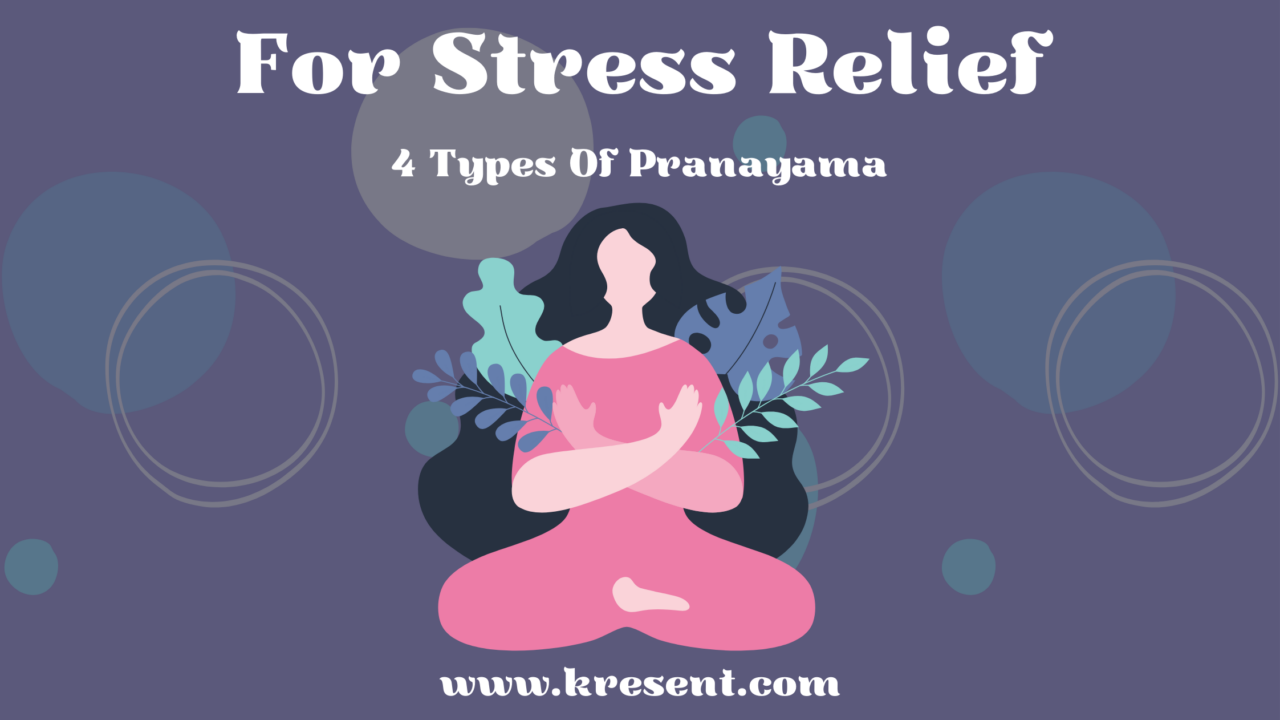
There are many important breathing practices that have their own specific function within the general function of bringing about purification of the nerves (Nadi Shuddhi / Nadi Shodhana). Common pranayamas mentioned in the yogic texts are Bhastrika, Kapalbhati, Nadi Shodhana, Sheetali, Sheetkari, and Bhramari.
What is Pranayama?
Pranayama is the science of breathing in yoga. Pranayama for stress relieves stress by integrating the disturbed organs with smooth oxygen flow throughout the body.
The oxygen flowing in the body integrates the brain, nerves, glands, and internal organs. Pranayama helps integrate the parts of the body effectively when the integration gets disturbed by external differences. These external differences are unable to cope and cause stress.
Why Pranayama?
Pranayama is basically exercising breath to coordinate the system of the body.
Prana + Ayama = (Respiration/life/energy) + (lengthen/expand/restraint)
Beyond Exercise And Diet: Breathe more. Worry less.
Breathing is one of the most fundamental physiological processes and is possibly the most important one. This is why every traditional approach to health from yoga to Chinese medicine stresses the importance of breathing right.
Yogic science, on the other hand, has no bad side-effects and it works on the deep-lying causes and cures from within.
4 Types Of Pranayama For Stress Relief:
These 4 types of pranayama are the pranayama for stress. Follow these pranayama techniques daily to remove stress from your life.
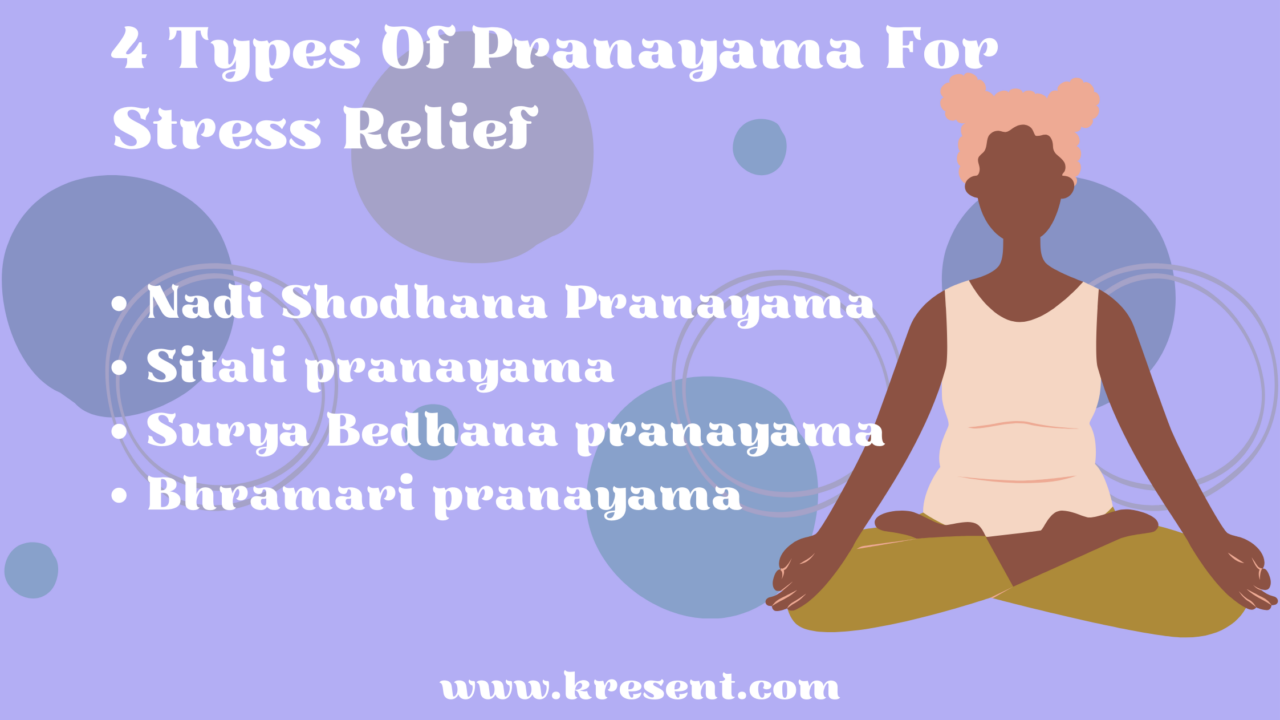
- Nadi Shodhana Pranayama / Nadishuddhi pranayama
- Sitali pranayama
- Surya Bedhana pranayama
- Bhramari pranayama
Nadishuddhi Pranayama | Nadi Shodhana Pranayama:
The Nadi Shodhana pranayama or Nadi Shuddhi pranayama helps you relax your mind, increase calmness and concentration, and hence stress management.
As the name suggests it works on the nadis, the nerves, and mental problems are also problems of the nervous system.
In this pranayama, we breathe through alternate nostrils in a particular ratio. The two nostrils are related to two important nadis (nerves channels) and these two nadis, in turn, are connected to the two hemispheres of the brain — the left channel is connected to the right hemisphere of the brain and the right channel is connected to the left hemisphere of the brain.
By breathing in a controlled manner in the practice of Nadi Shodhan, we work towards creating a balance in both the hemispheres of the brain. This balance leads to immense calm in the mental sphere of an individual thereby curing various mental disorders like nervousness, anxiety, fear and depression.
Nadi Shodhana Pranayama Steps:
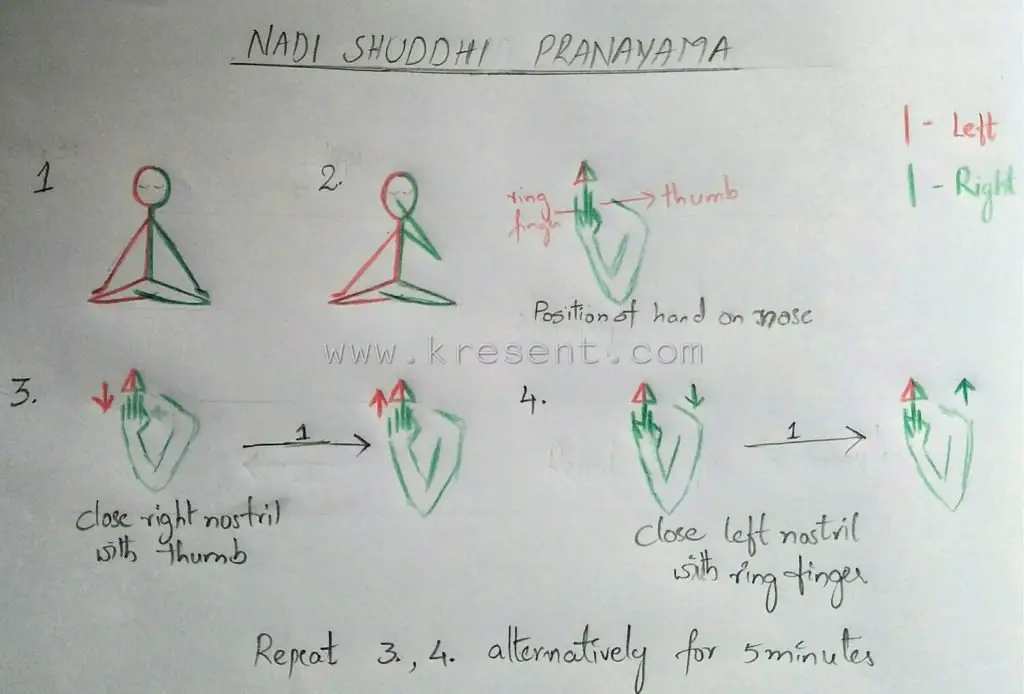
- Sit with your spine and head comfortably straight, relax your shoulders, and close your eyes.
- Keep your palms facing the sky resting on your thighs.
- Take your right hand to your nose bending elbow comfortably. Place the hand with the thumb and ring finger bent to touch the nostrils.
- Start with exhaling from the left nostril. Close the right nostril first with the ring finger and little finger and exhale completely. After exhalation, inhale deeply through the same nostril.
- Now release the right nostril and close the left at the same time without losing breath. Then exhale completely through the left nostril and inhale deeply from the same.
- Steps 4 and 5 are one cycle. Repeat cycles for 5 minutes.
Sitali pranayama:
It cools the whole system reducing thirst and any burning sensation if present, soothing the eyes and ears. You can do this pranayama, if your body type is hot, to reduce the level of metabolism to a soothing level.
Sitali Pranayama Steps:
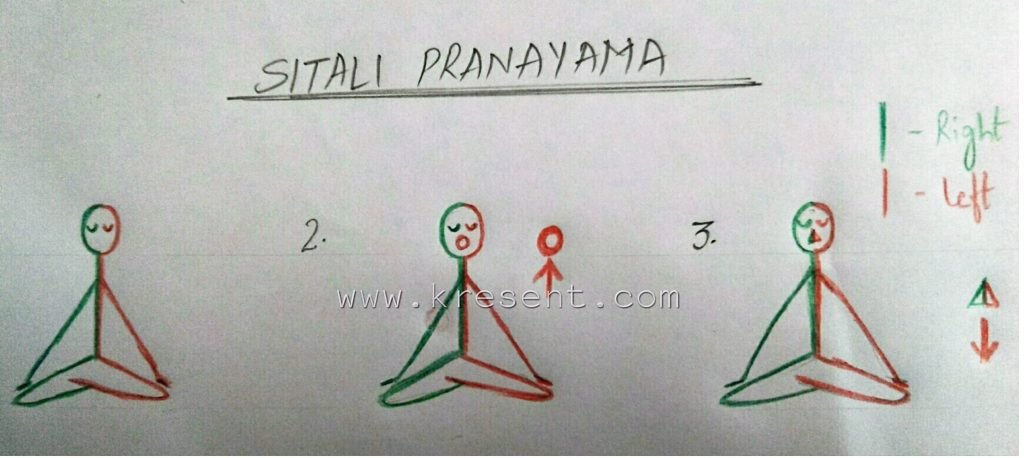
- Sit with your spine and head comfortably straight, relax your shoulders, and close your eyes.
- Keep your palms facing the sky resting on your thighs.
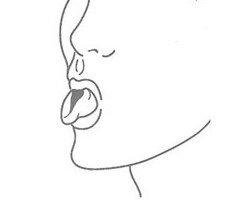
- Make your lips into an O shape. Roll the tongue as shown in the picture and draw the air in through the rolled tongue with sound till the lungs are completely filled.
- After full Inhalation, hold your breath. Now slowly exhale through the nose.
- This is done with Inhalation through the tongue and exhalation through the nostrils. Repeat for 5 minutes.
Surya Bedhana Pranayama:
This pranayama increases the heat in the system unlike Sitali pranayama increasing digestion and metabolism. it cleans sinuses, and removes phlegm. You can do this pranayama if your body type is cold to fasten the body processes and reduce the stress occurring with a slow metabolism.
Surya Bedhana Pranayama Steps:
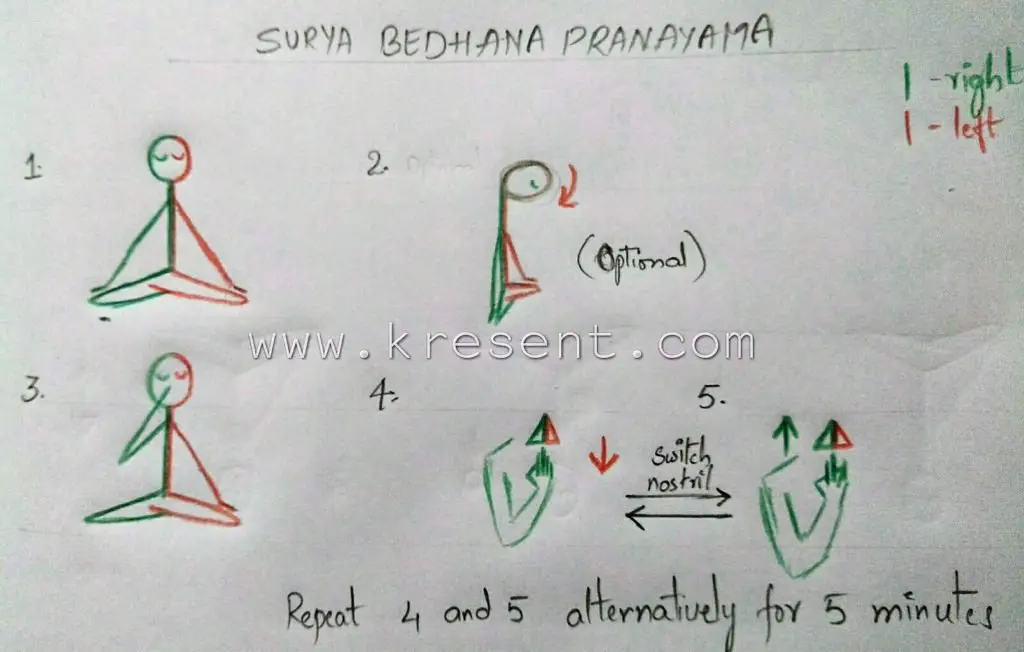
- Sit with your spine and head comfortably straight, relax your shoulders and close your eyes.
- Set yourself to Jalandhara Bandha (lower your head and touch the chin in the notch between your collar bones). This is an optional step if you’re unable to do it.
- Take your right hand to your nose bending elbow comfortably. Place the hand with thumb and ring finger bent to touch the nostrils.
- Start with exhaling from the left nostril. Close the right nostril first with the ring finger and little finger and exhale completely.
- After complete exhalation, open the right nostril gently and close the right at the same time without losing the breath.
- Now inhale deeply through your Right nostril and hold for a moment.
- Steps 4 and 6 are one cycle. Repeat cycles for 5 minutes
Note:
You can either do Sitali pranayama or Suryabedhana pranayama according to your body type.
Bhramari Pranayama:
This pranayama improves sleep and hence reduces stress, anxiety, anger, and tension.
Bhramari is a large black bee. We have to make a sound like a black bee in this process of pranayama.
Bhramari Pranayama Steps:
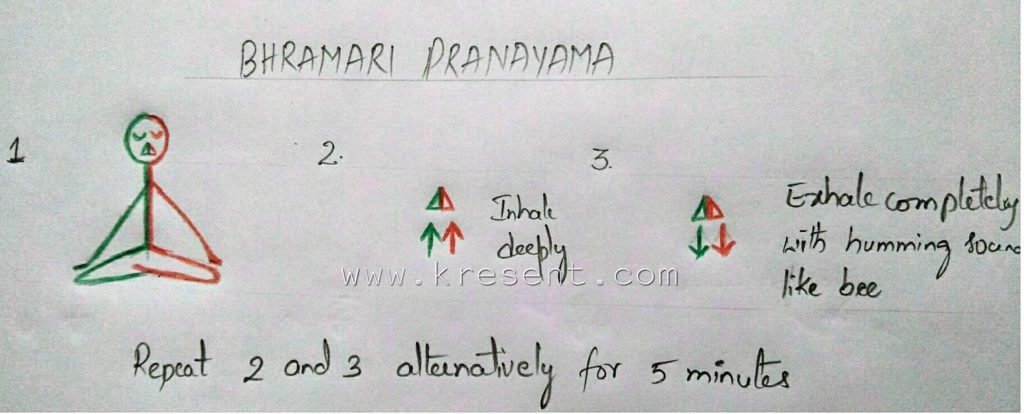
- Sit with your spine and head comfortably straight, relax your shoulders and close your eyes.
- Take a deep breath through both nostrils and fill lungs completely
- Exhale slowly with a humming sound like a bee.
- Repeat for 5 minutes.
Note:
The inhalation and exhalation should be deep and complete to take the pranayama benefits completely.
Apart from the above 4 daily practices of pranayama for stress, you can try this every time you find yourself stressing out or breathing fast and shallowly.
The following steps will help you when you’ll not be able to do pranayama in some situations:
- Breathe in deeply through your nose and into your stomach (your stomach should rise and fall more than your chest).
- Hold your breath for a few seconds.
- Breathe out slowly until you’re able to get all the air out. Repeat.
Stress can also be an outcome of muscular uneasiness with bad posture so you’ve to look after the importance of good posture and learn to maintain good posture.
Take Away:
If you’re stressed about what you are doing, you’ve got two options to make your choice:
- Quit doing what stresses you, if that is not what you actually want to do.
- And if what you’re doing means the most to you, make your body and mind such that it goes through the situation (that causes stress) effortlessly by practicing the above-mentioned pranayama for stress relief regularly.
FAQs
What are pranayama and its benefits?
Pranayama is the ancient practice of controlling your breath. You control the timing, duration, and frequency of every breath and hold. The goal of pranayama is to connect your body and mind. It also supplies your body with oxygen while removing toxins. This is meant to provide healing physiological benefits.
What is the order of Pranayama?
The given Pranayama Sequence is done at the end of the yoga practice, first setting an intention, and then focusing on warming, connecting, deeper breathing, calming, relaxing, surrendering, and chanting with deep inner silence.
How many times pranayama can be done in a day?
You must do it at least 60 times, divided throughout the day. The technique is excellent for healing, chakra balancing, and getting rid of breathing or respiratory problems. This can be done even after meals.
Which is the most powerful pranayama?
Bhastrika translates as Bellows. Bellows are an instrument used to produce a strong gust of air with the aim of fanning the fire. When practicing this yoga technique, you produce similar movements that could be said to be like the bellows.
Can you do too much pranayama?
It can cause burnout and nervous system exhaustion. Certain Pranayam practices can trigger severe heat in the body that must be channeled. Reckless practice can magnify negatives like anger, irritation, and even illness.
What happens if you do pranayama every day?
Daily pranayama trains the lungs and improves the capacity of the respiratory system immensely. Pranayama directly works on the nervous system. Daily Pranayama positively affects the autonomic nervous system which controls and governs essential functions of the body like the heart rate, respiration and blood pressure, etc.
Is pranayama good for stress relief?
Breathing exercises, known as pranayama in Sanskrit, teach you to relax, regulate your breath, and breathe deeply. This helps reduce stress and calm your body and mind. Breathing techniques can also enhance your sleep quality and encourage mindfulness.
Can Anulom Vilom cure stress?
There is evidence that alternate nostril breathing can benefit your brain, as well as your respiratory and cardiovascular systems. It is also shown to reduce stress.
